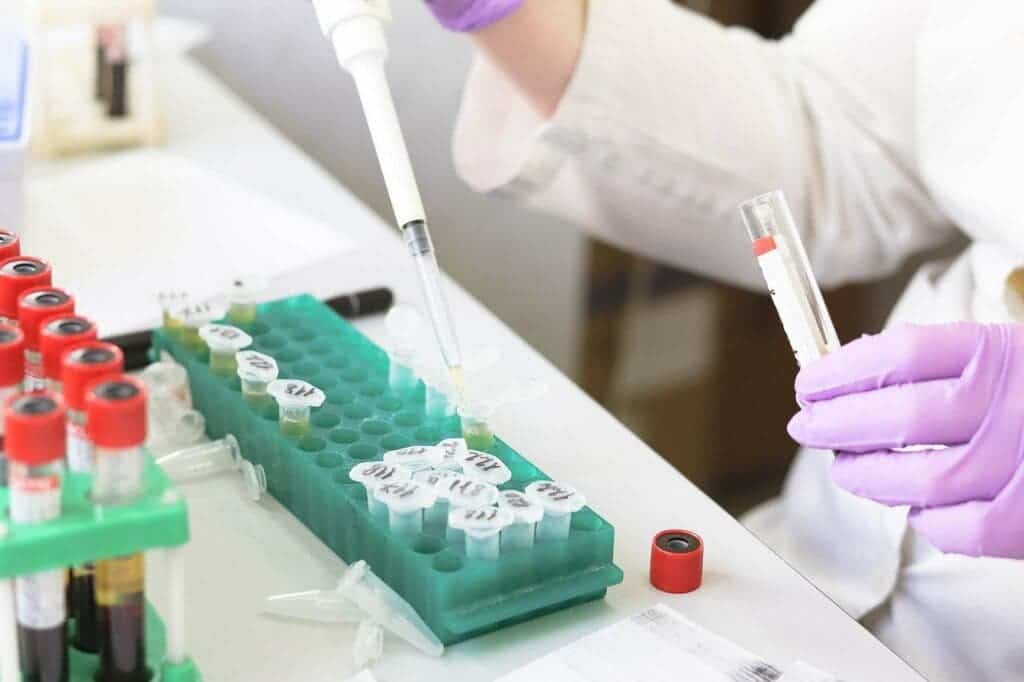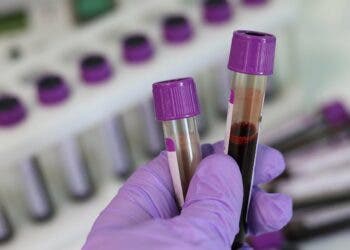In general, scientists are very aware of the environmental footprint of their research. It’s a noble cause, but many labs use consume vast amounts of plastics, generate waste, and emit greenhouse gases. Many such labs are trying to find ways to go green. In a new study, researchers in Ireland showed how this could be done — while also saving money.

Jane Kilcoyne and her colleagues at the Marine Institute in Ireland run a monitoring program for the detection of biotoxins in shellfish. Aware of labs being “resource-hungry workplaces” contributing to climate change, Kilcoyne told ZME Science they wanted to limit the impacts of their work on the environment while raising awareness overall.
The world’s scientific laboratory sector is massive. There are about 20,500 labs around the world that carry out medical, biological, or agricultural research. Most of them are big consumers of plastics. While the average person in the US consumes 106 kilograms of plastics per year, the average scientist uses 1,000 kilograms per year.
Labs also use large amounts of solvents for sample extraction and analysis, which could be treated and recycled to reduce costs and emissions. Paper consumption for printing is also high. This can translate into deforestation and pollution. Labs consume a lot of energy as well – between five to ten times more energy per square meter than office buildings.
That’s why is critical for labs to adopt good environmental practices. Many are acknowledging the need to operate in more sustainable ways and have already implemented changes to working practices to reduce their waste and energy consumption, such as University College London, set to be carbon neutral in 2030.
Tackling carbon footprint
With a team of seven staff members, the Marine Institute’s national monitoring program for the detection of biotoxins in shellfish implemented a set of sustainable practices in their laboratory, hoping to reduce the overall environmental footprint. As it turns out, it was a success, making the lab a much greener place than before.
They were able to reduce their consumption of single-use plastics by 69% thanks to a transition to more sustainable consumables. Recycling polystyrene (used in the construction industry as insulation) and composting of shellfish waste also led to over 95% of non-chemical waste generated by our laboratory being diverted from landfills.
The researchers could reduce their hazardous chemical waste by about 23% by extending expiry dates and only preparing what’s strictly needed for experiments. They also addressed their fume hood (which uses 3.5 times the energy of an average home) and reduced cold storage equipment energy consumption by 30% through improved management.
The actions implemented led to annual cost savings of about $17.000. But this isn’t the end of the road as further sustainability efforts are still required, they argued. The team will continue working to meet the ultimate goal of achieving a green lab certification known as My Green Lab – an NGO that seeks sustainability in science.
“The strategies adopted could be implemented in any laboratory. In fact, going green in any workplace setting is a win-win. Introducing more sustainable work practices into our monitoring program led to reduced environmental and financial costs, enhanced efficiencies, and boosted staff engagement,” Kilcoyne told ZME.
The study was published in the journal PLOS.





